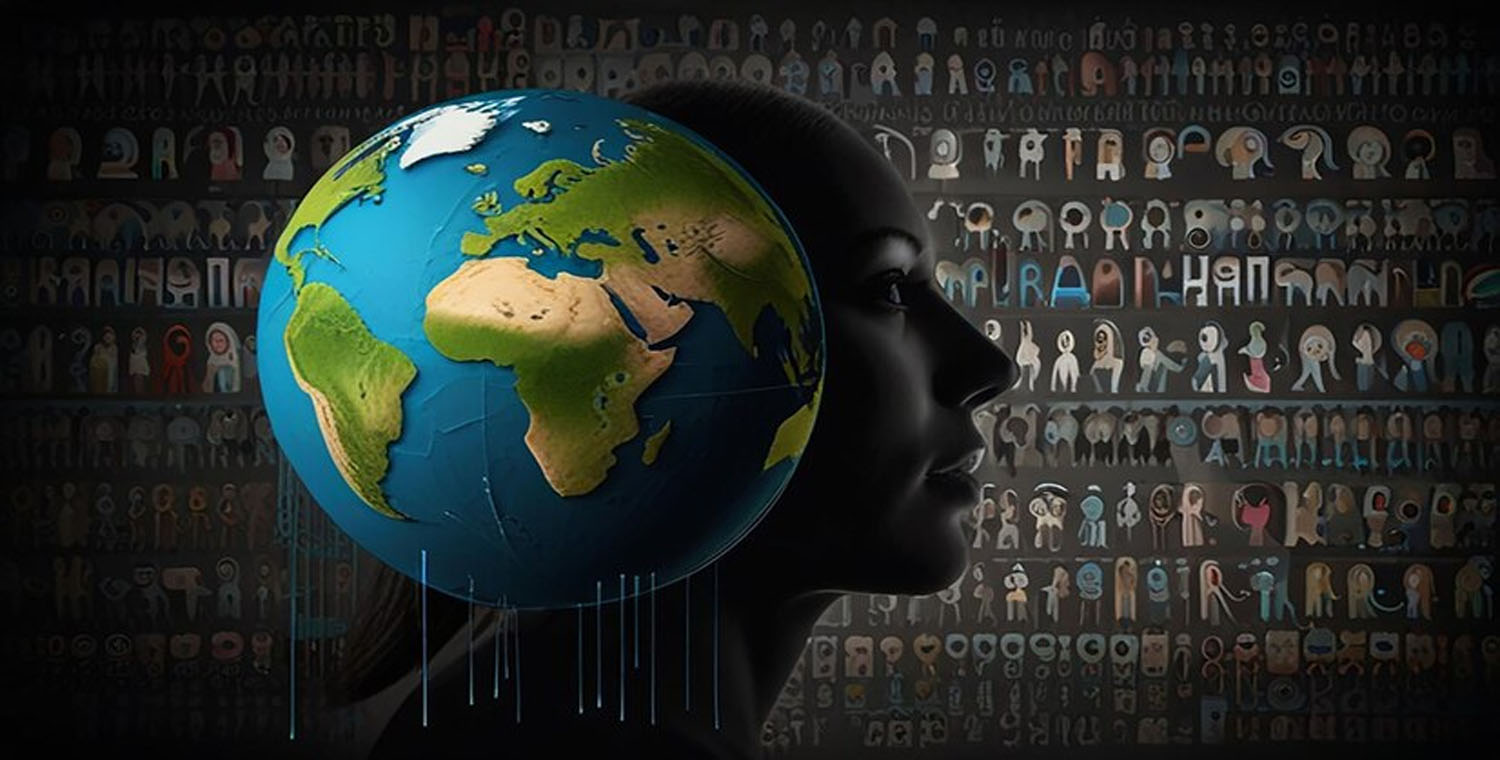In an increasingly globalized world, the concept of national identity holds significant importance. One term that encapsulates this idea in various contexts is mıllıeyt. This article delves into the meaning, implications, and cultural significance of mıllıeyt, exploring how it shapes individual and collective identities within nations.
What is Mıllıeyt?

Mıllıeyt is a term derived from the Turkish language, translating to “nationality” or “national identity.” It encompasses the shared sense of belonging, cultural heritage, and historical consciousness that individuals within a nation possess. Mıllıeyt is not just about citizenship or legal status; it goes deeper, involving the values, traditions, and narratives that bind people together as a community.
The Components of Mıllıeyt
Understanding mıllıeyt requires an exploration of its core components:
- Cultural Heritage: Mıllıeyt is rooted in the customs, traditions, and practices that define a community. This heritage often includes language, art, music, and cuisine, which play vital roles in shaping a nation’s identity.
- Historical Context: The history of a nation contributes significantly to its mıllıeyt. Shared experiences, such as struggles for independence or collective achievements, foster a sense of unity and pride among citizens.
- Shared Values: Common beliefs and values are fundamental to mıllıeyt. These can include concepts such as democracy, freedom, justice, and respect for human rights, which form the ethical foundation of a nation.
- Collective Memory: The narratives and stories that a nation tells about itself contribute to its mıllıeyt. This collective memory is often shaped by historical events, literature, and folklore, influencing how citizens perceive their identity.
The Importance of Mıllıeyt
1. Fostering Unity
Mıllıeyt plays a crucial role in fostering unity among diverse groups within a nation. By emphasizing shared heritage and values, it encourages individuals to come together, transcending differences in ethnicity, religion, or social class. This unity is essential for national stability and social cohesion.
2. Promoting Cultural Preservation
In an age of globalization, mıllıeyt serves as a reminder of the importance of cultural preservation. By valuing and promoting local traditions, languages, and customs, nations can protect their unique identities from homogenization. Mıllıeyt empowers communities to celebrate their heritage and pass it on to future generations.
3. Inspiring National Pride
A strong sense of mıllıeyt instills national pride among citizens. This pride can manifest in various forms, such as patriotism, community service, and a commitment to national development. When individuals feel connected to their mıllıeyt, they are more likely to engage in activities that benefit their country.
4. Guiding Political and Social Movements
Mıllıeyt often serves as a foundation for political and social movements. National identity can be a powerful motivator for collective action, as individuals unite around common goals related to their heritage, rights, and aspirations. Movements for independence, civil rights, and social justice frequently draw upon themes of mıllıeyt to rally support.
Mıllıeyt in a Global Context
1. Globalization and Cultural Identity
The phenomenon of globalization has posed challenges to traditional concepts of mıllıeyt. As cultures intersect and interact on a global scale, questions arise regarding the preservation of national identities. While globalization can lead to cultural exchange and enrichment, it also risks diluting local traditions and values.
2. Migration and National Identity
In contemporary societies, migration has become a defining feature. Migrants often grapple with their mıllıeyt as they navigate new cultural landscapes. This dynamic can lead to hybrid identities, where individuals blend aspects of their heritage with those of their new surroundings. Understanding mıllıeyt in this context requires recognizing the complexities of belonging and identity.
3. Nationalism and Its Implications
Mıllıeyt can also give rise to nationalism, a political ideology emphasizing the interests and culture of a particular nation. While nationalism can foster unity and pride, it can also lead to exclusionary practices and xenophobia. Striking a balance between celebrating mıllıeyt and embracing diversity is essential for fostering inclusive societies.
Examples of Mıllıeyt Across Cultures
1. Turkish Mıllıeyt
In Turkey, mıllıeyt is deeply intertwined with the nation’s history and identity. The concept is often associated with the founding principles of the Republic of Turkey, established by Mustafa Kemal Atatürk in 1923. Atatürk emphasized the importance of national unity, secularism, and modernization, shaping the Turkish understanding of mıllıeyt.
2. Indigenous Peoples and Mıllıeyt
For many indigenous communities worldwide, mıllıeyt is closely tied to their land, traditions, and languages. These communities often face challenges related to cultural preservation and recognition. Efforts to reclaim mıllıeyt can empower indigenous peoples to assert their rights and protect their heritage.
3. Mıllıeyt in the United States
In the United States, the concept of mıllıeyt is complex due to the nation’s diverse population. The narrative of the “American Dream” embodies aspects of mıllıeyt, emphasizing ideals such as freedom and opportunity. However, debates surrounding immigration, race, and identity highlight the challenges of defining a cohesive national identity.
The Future of Mıllıeyt
1. Digitalization and Identity
As technology advances, the way individuals engage with their mıllıeyt is changing. Digital platforms provide new opportunities for cultural expression and connection. Social media can amplify voices and narratives that celebrate diverse aspects of national identity, fostering a sense of community among individuals with shared heritage.
2. Education and Awareness
Education plays a vital role in shaping perceptions of mıllıeyt. By incorporating diverse histories and perspectives into curricula, educational institutions can foster a deeper understanding of national identity. Awareness campaigns can also promote discussions around the importance of mıllıeyt in fostering social cohesion.
3. Embracing Diversity
The future of mıllıeyt lies in its ability to embrace diversity while maintaining a sense of unity. Recognizing that national identities can be multifaceted allows societies to appreciate the richness of their cultural fabric. This approach can lead to more inclusive policies and practices that celebrate the contributions of all citizens.
4. Global Citizenship
In an interconnected world, the concept of global citizenship is gaining traction. Individuals are increasingly recognizing their responsibilities not only to their nations but also to the global community. Mıllıeyt can coexist with global citizenship, as individuals learn to navigate their identities within both local and global contexts.
Conclusion
Mıllıeyt serves as a powerful concept that encapsulates the essence of national identity. It reflects the shared heritage, values, and experiences that bind individuals together within a community. As the world continues to evolve, the challenges and opportunities associated with mıllıeyt will remain relevant.
By fostering a deeper understanding of mıllıeyt, societies can promote unity, cultural preservation, and a sense of belonging. Embracing diversity while celebrating shared identities will be crucial in shaping the future of national identity in an increasingly globalized world




